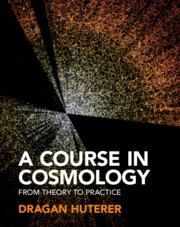If the mass of a hadron is large enough, decays into final states that can be reached by strong interaction, that is, without violating any selection rule, are possible. The lifetime is then extremely short, of the order of a yoctosecond (10−24 s). These hadrons decay practically where they were born. We show how they are observed as ‘resonances’.
Hadrons, both baryons and mesons, were discovered in rapidly increasing numbers in the 1950s and early 1960s. How their quantum numbers, spin, parity and isospin were measured. Gradually it became clear that hadrons with the same spin and parity could be grouped in multiplets of the SU(3) symmetry. Proposal of the quark model and experimental verifications of its predictions. With increasing accelerator energies, more surprises were to come. The quarks are not only the three originally known, u, d and s, but three more exist, c, b and t. And more leptons were found, in total three ‘families’ of fundamental fermions, each with two quarks, a charged lepton and its neutrino.
